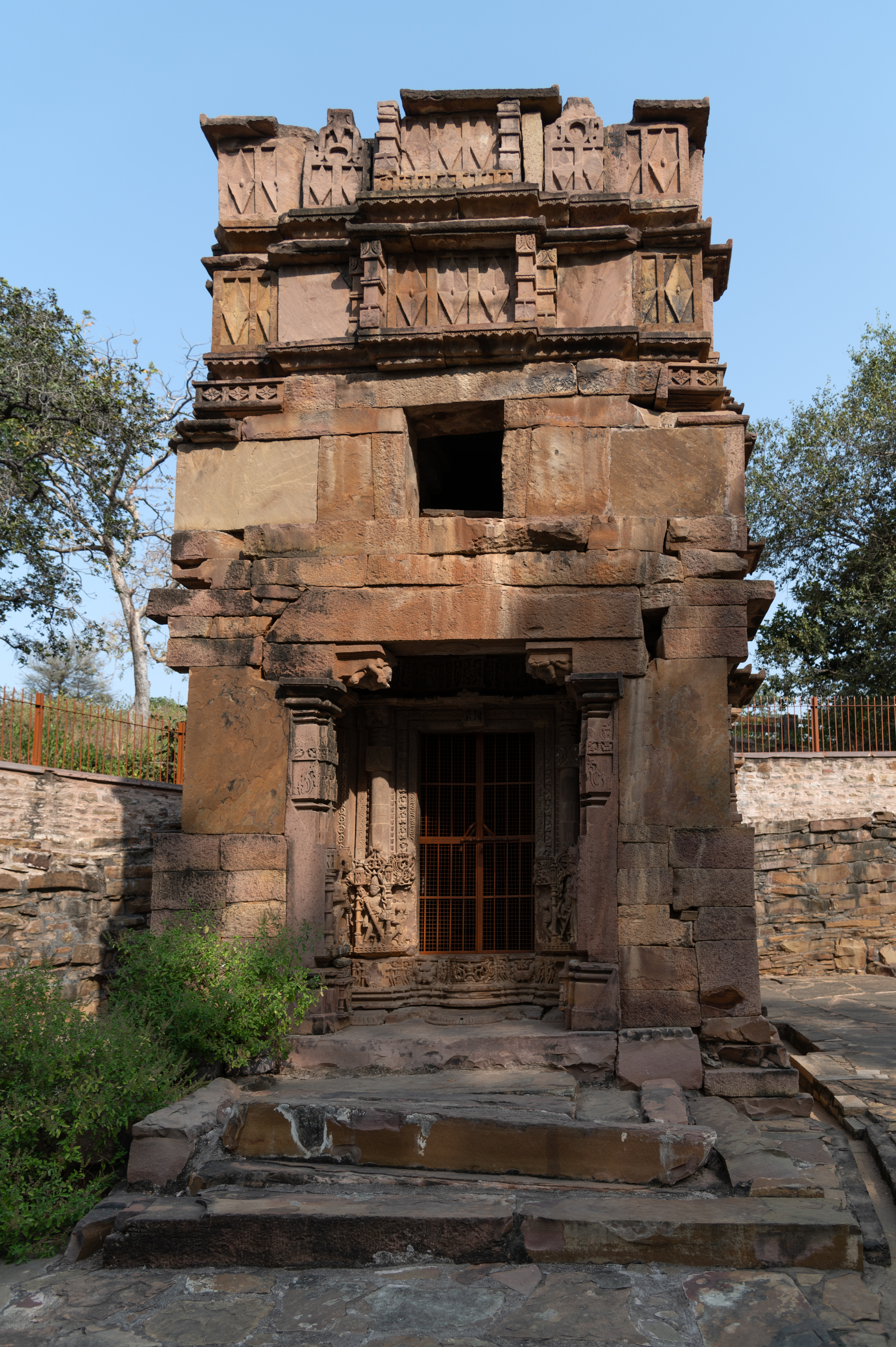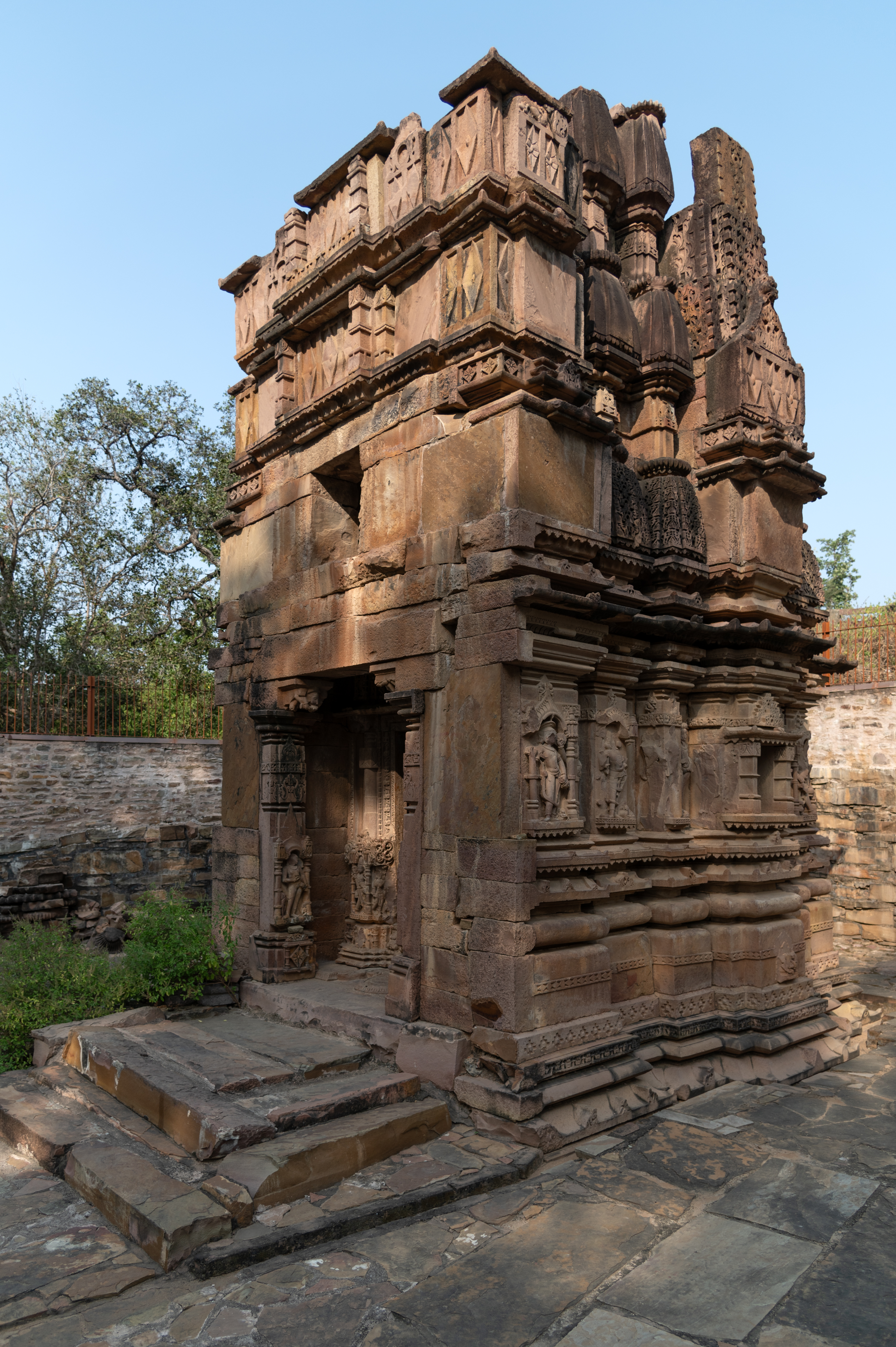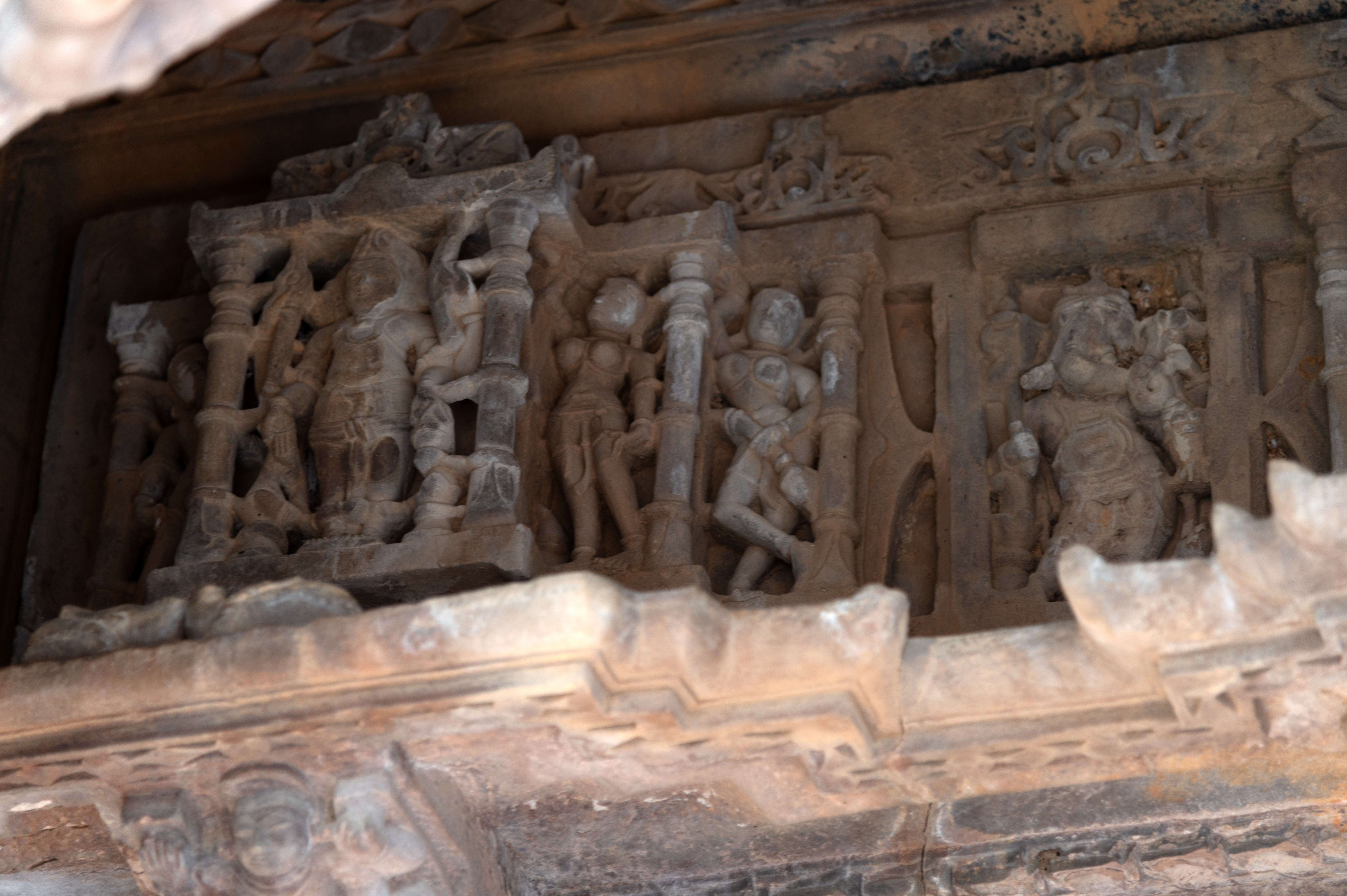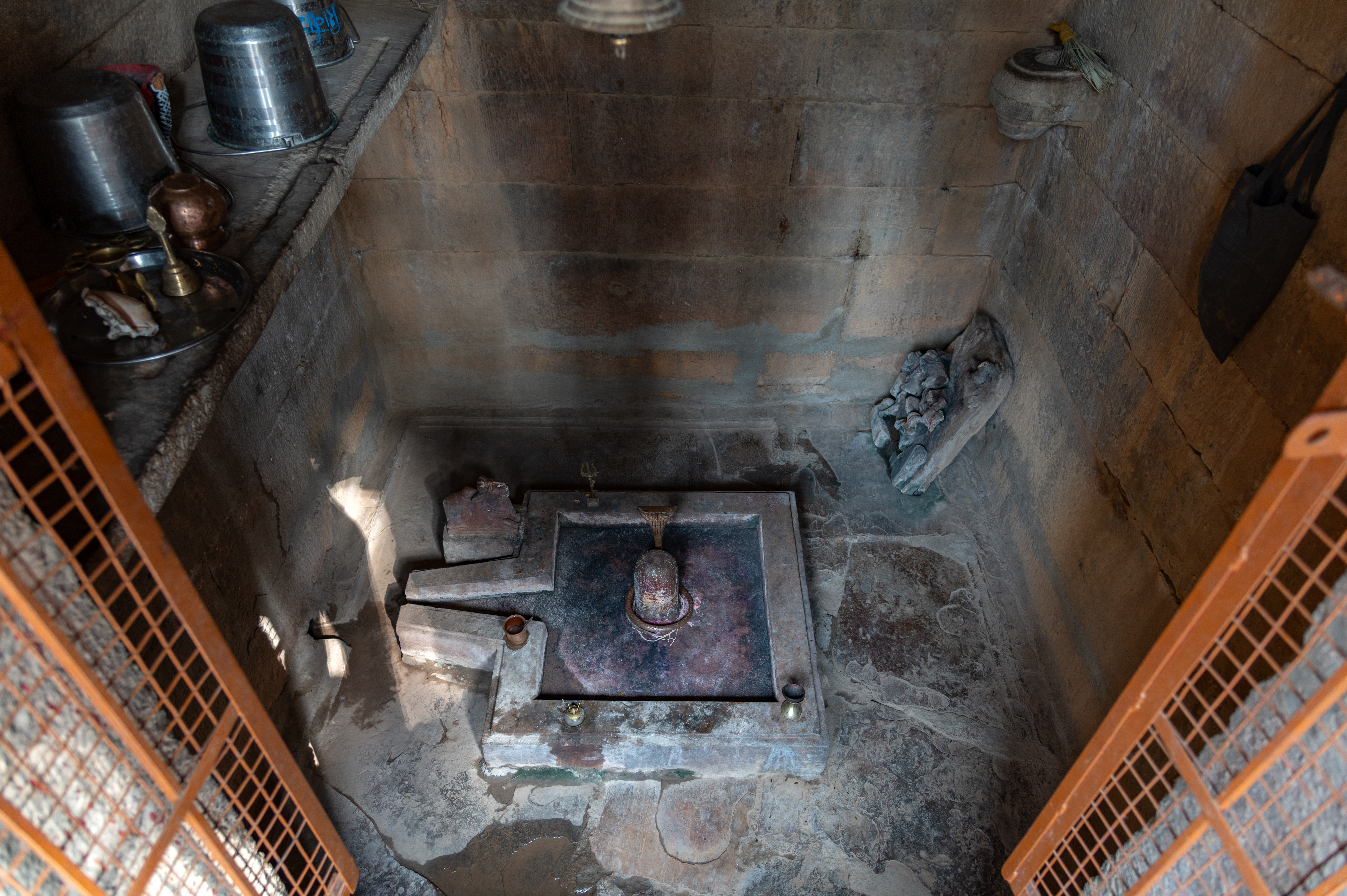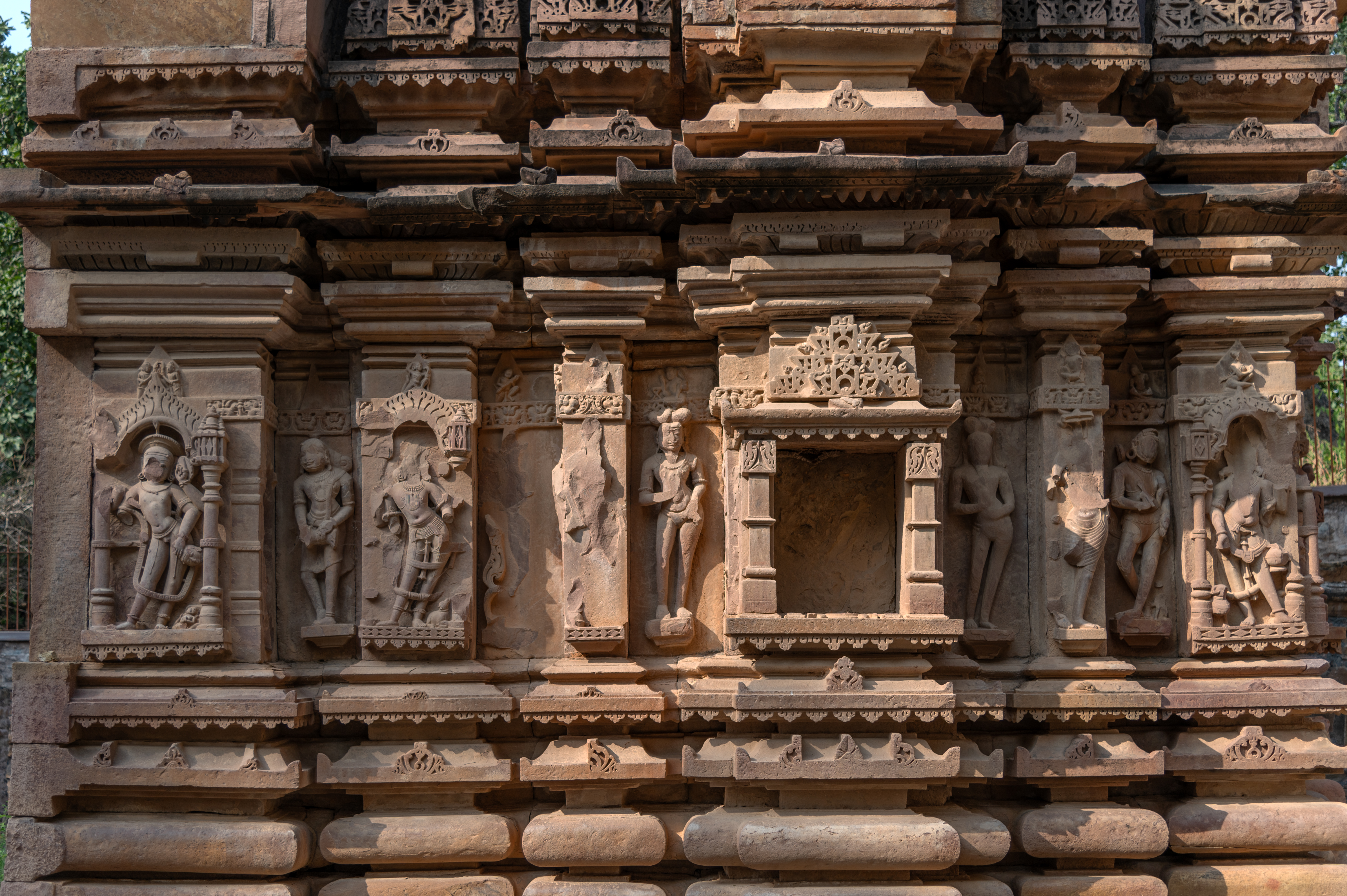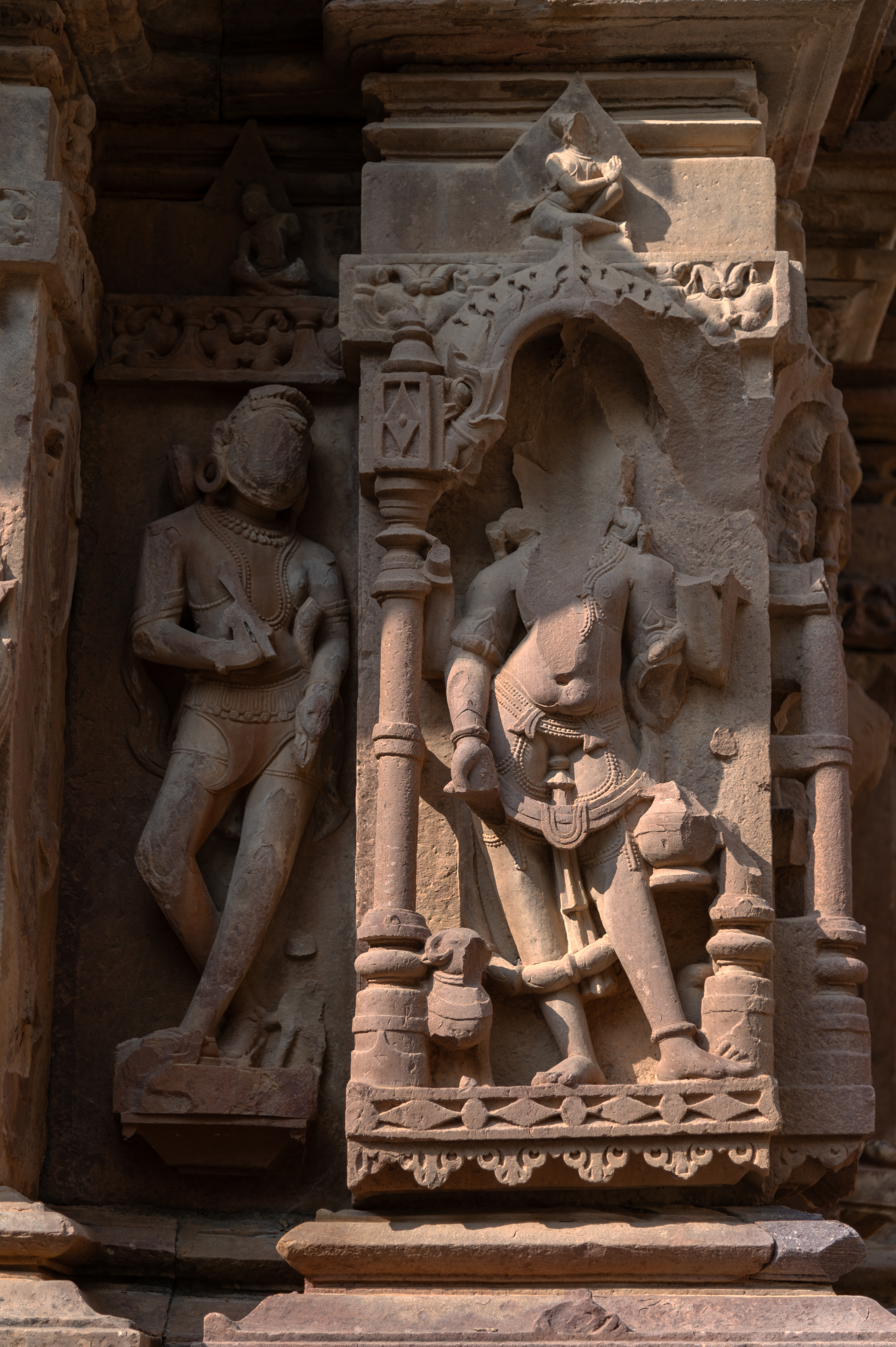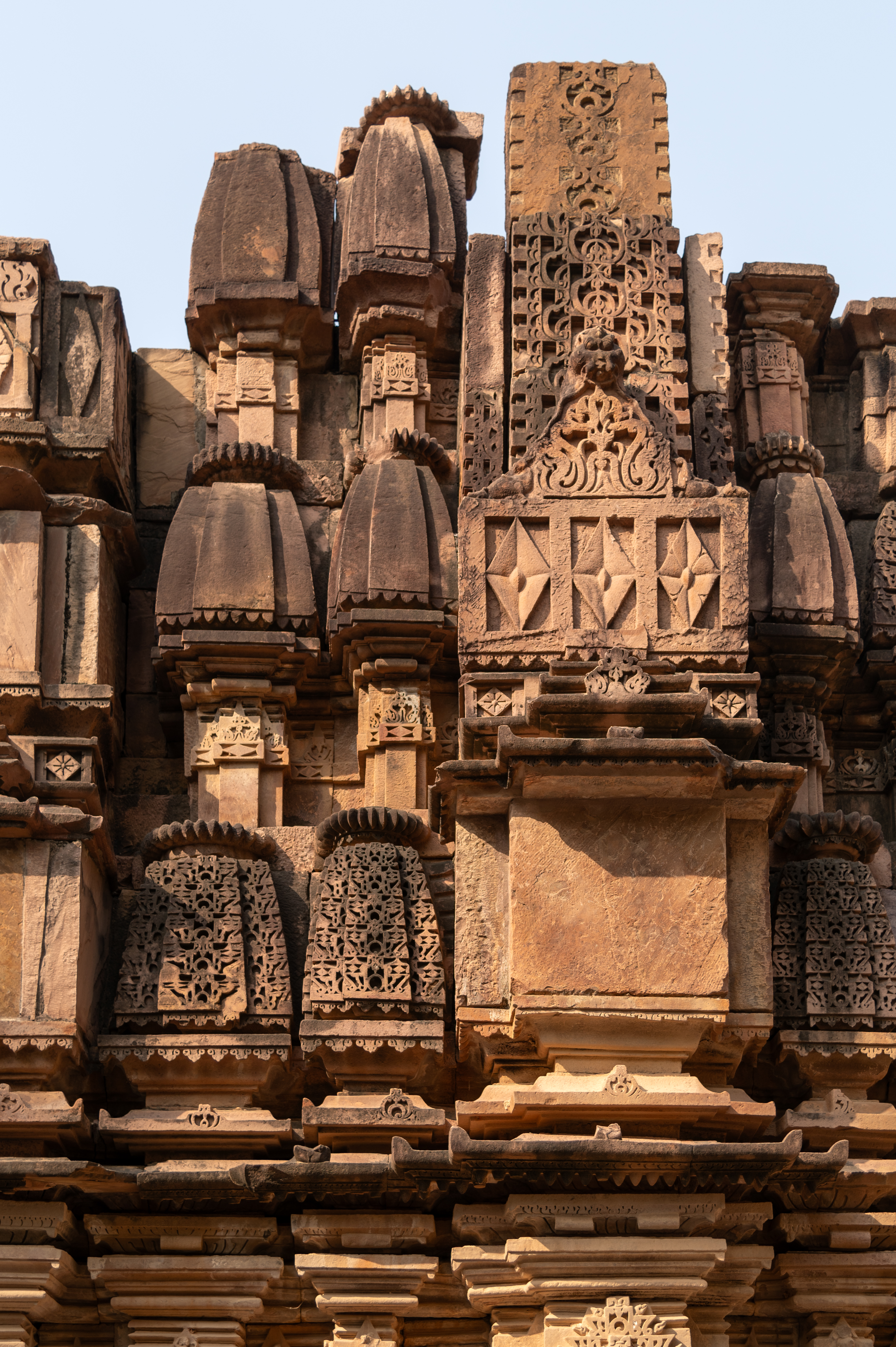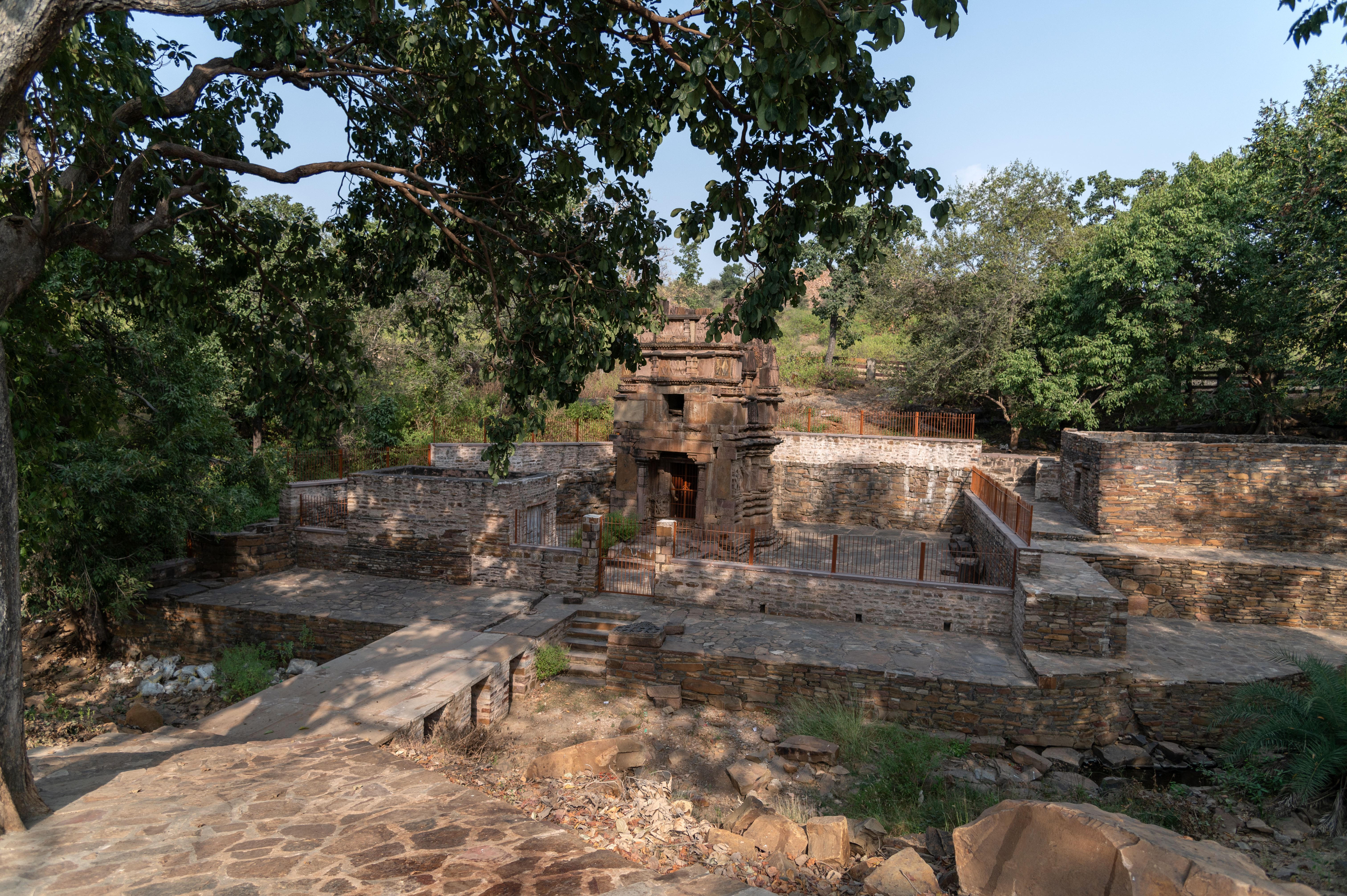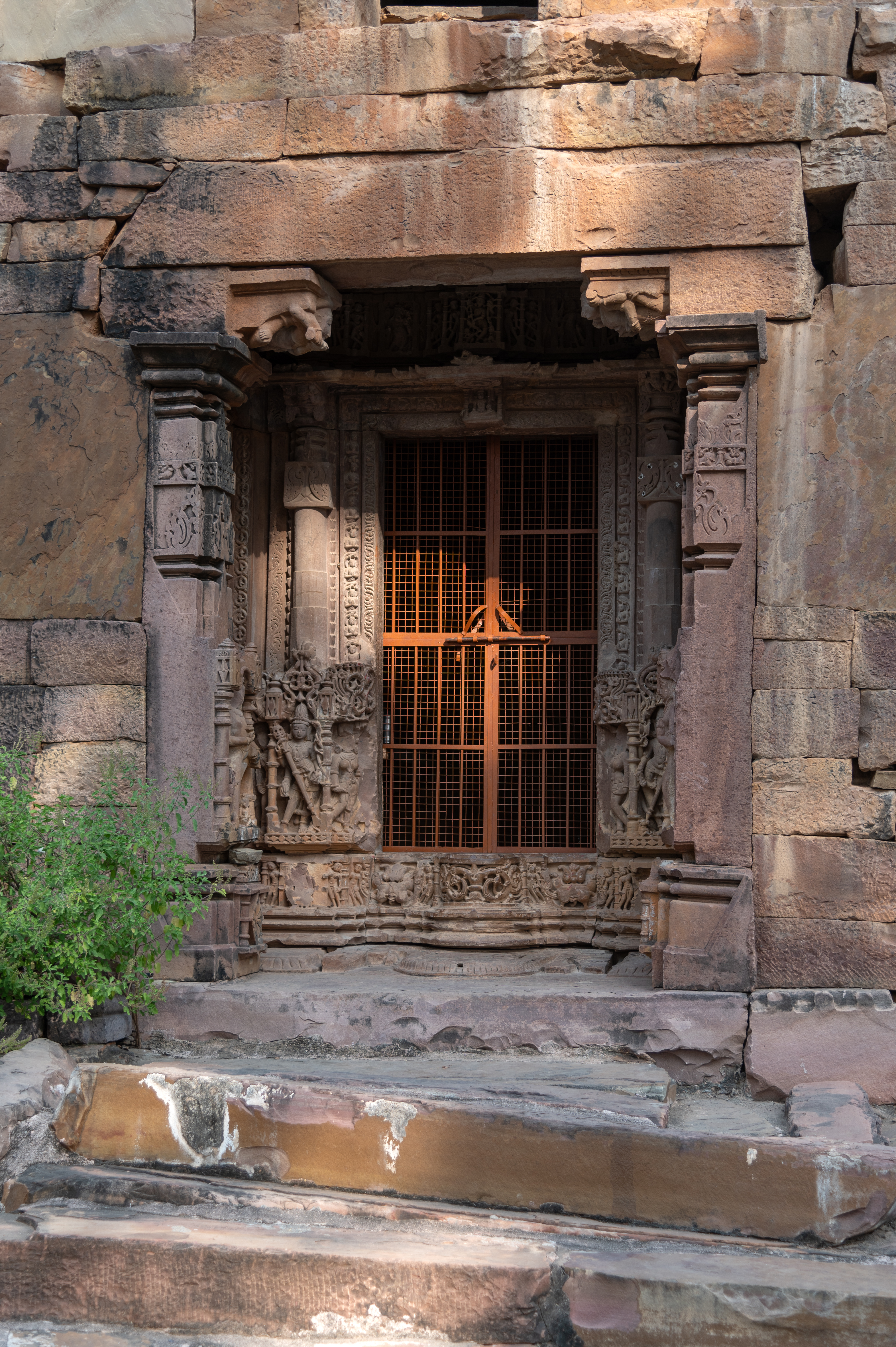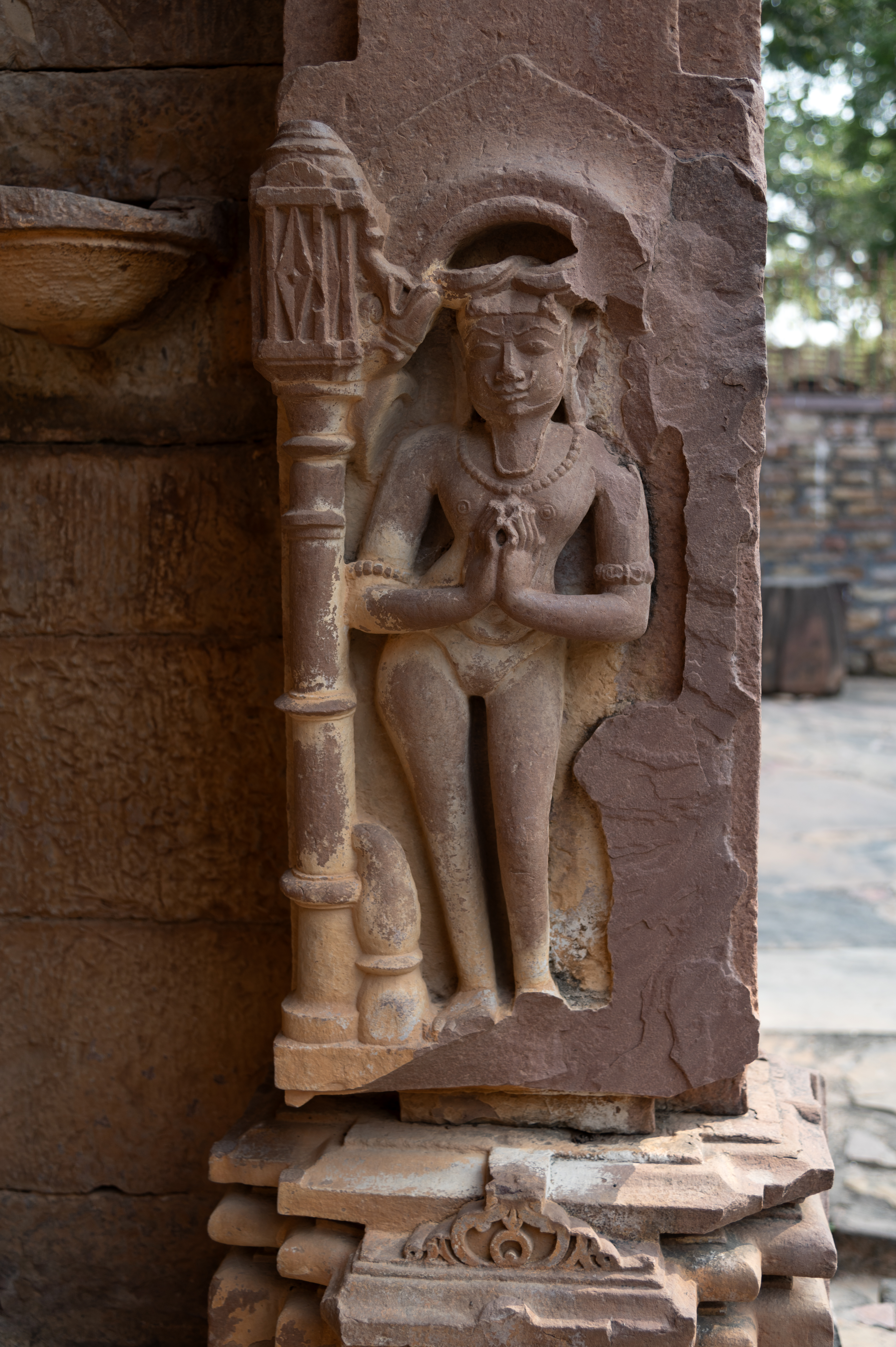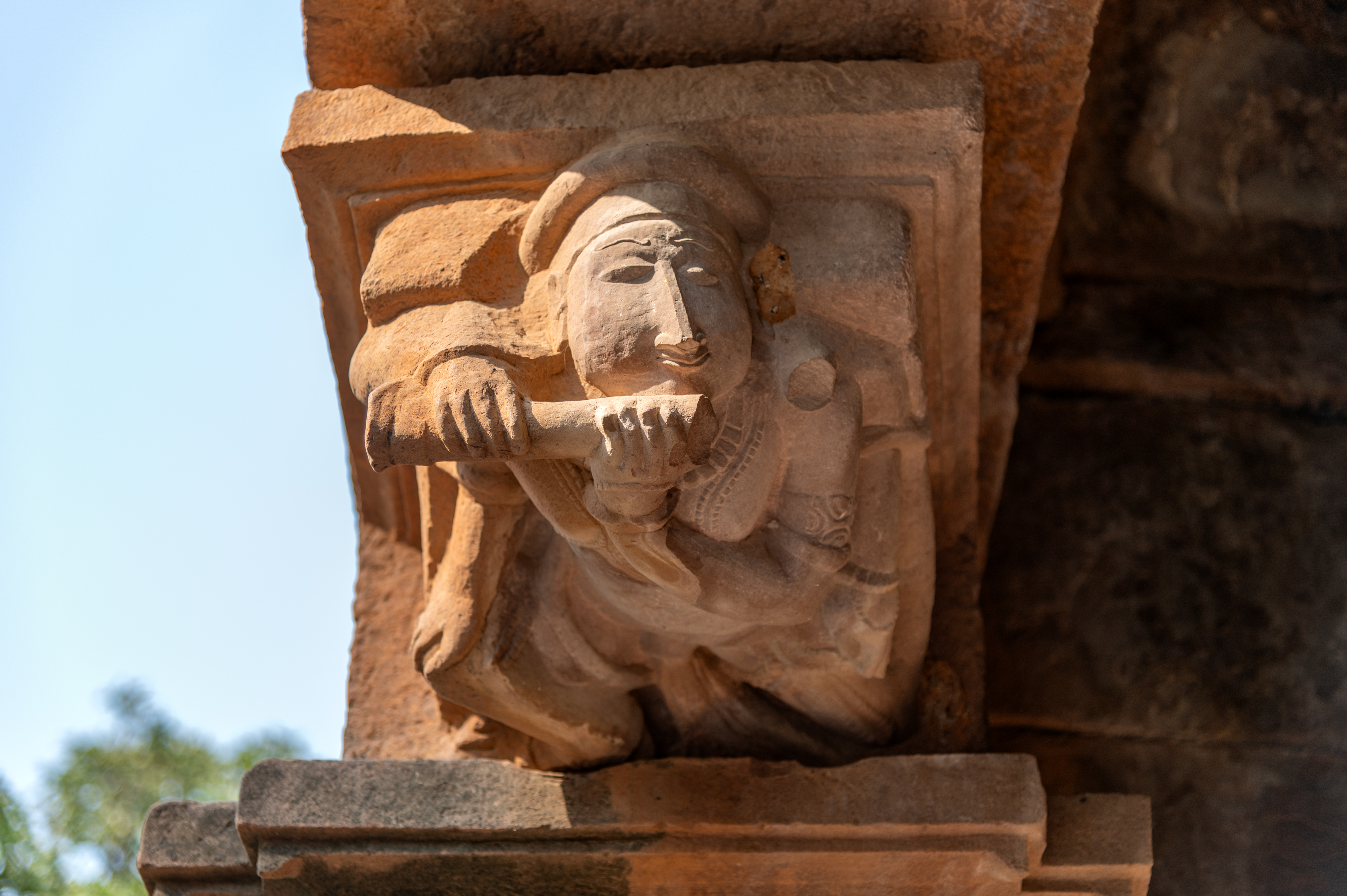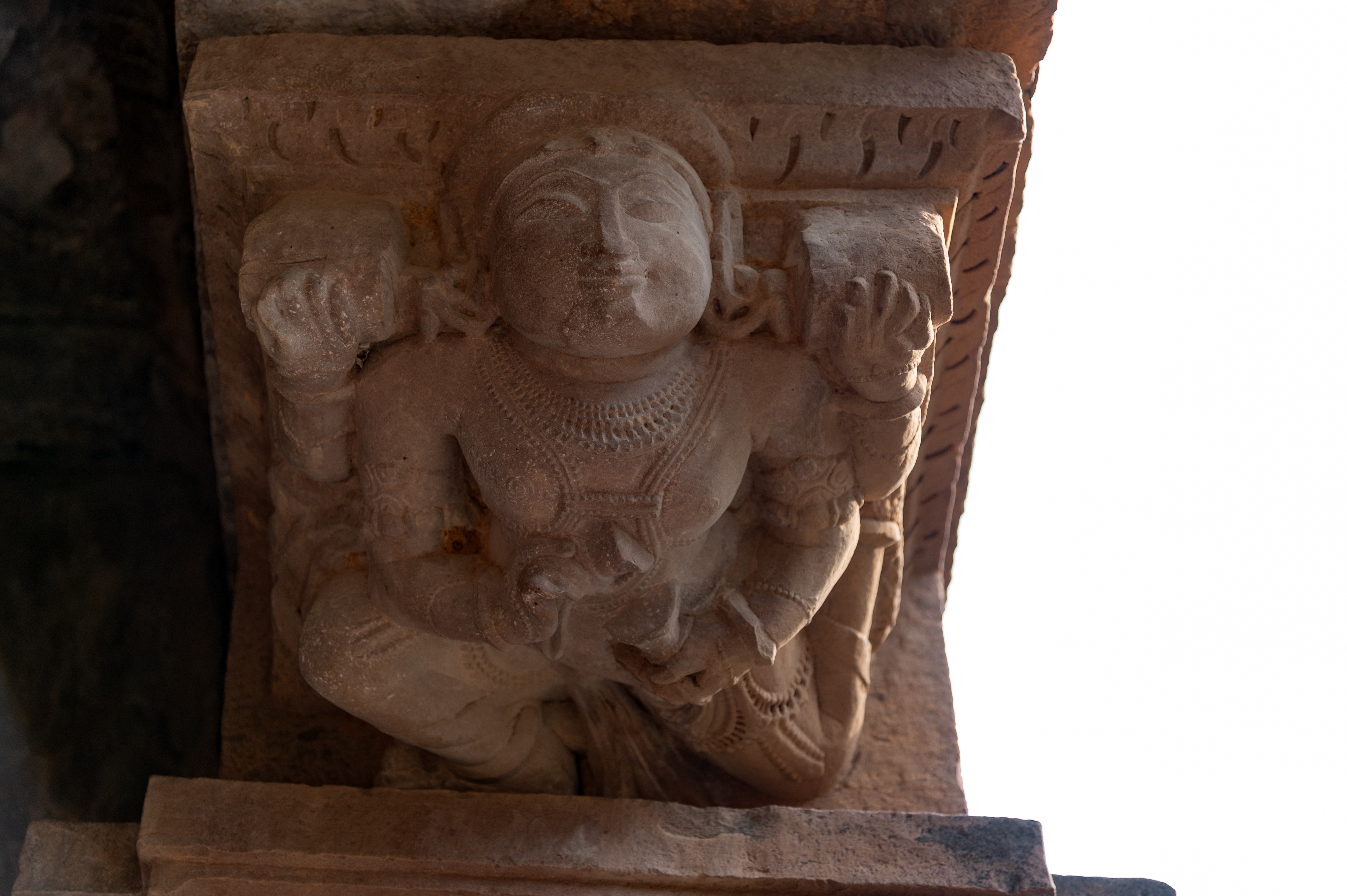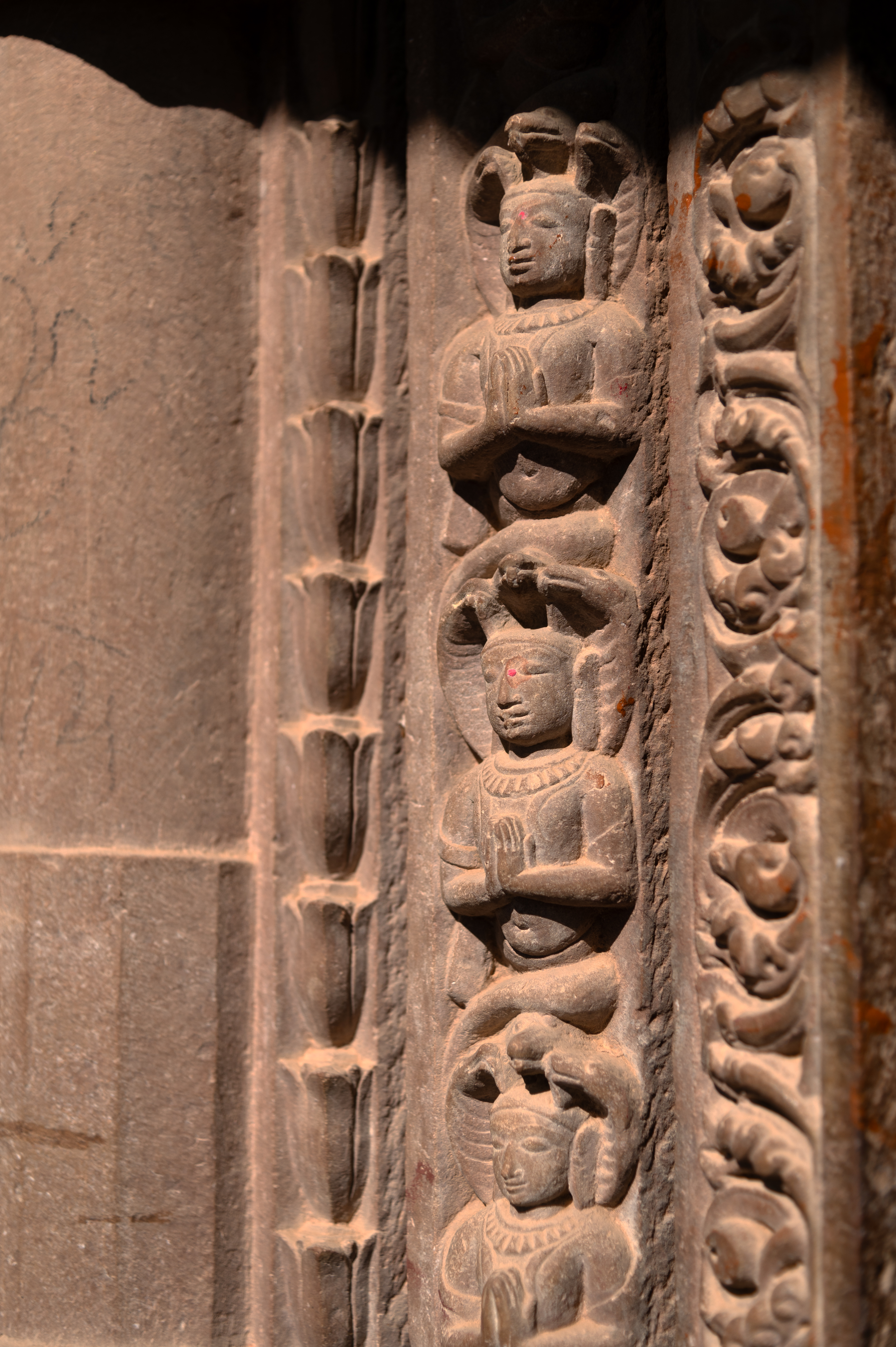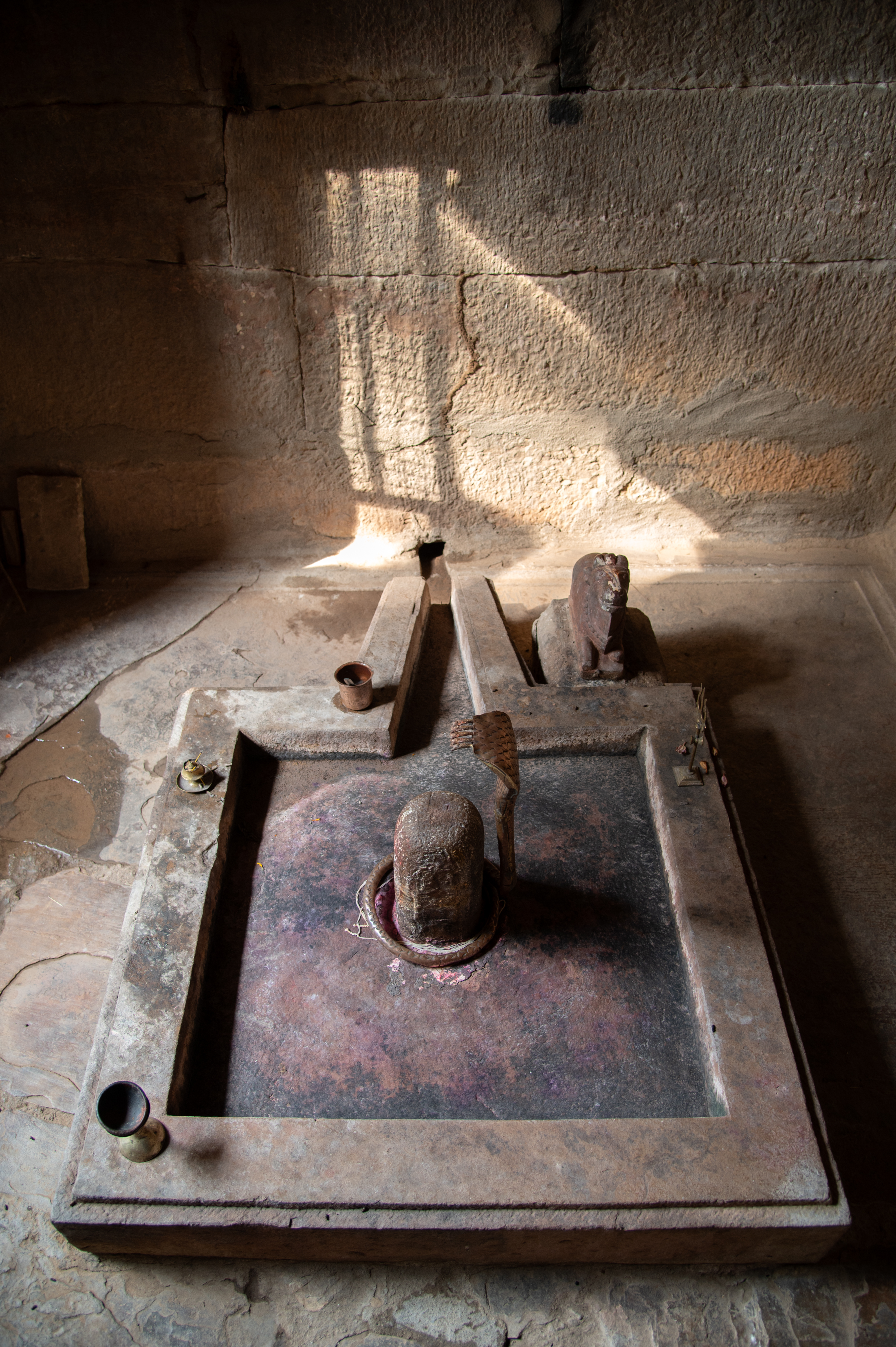The Temple Named after the Oleander Flower: An Image Gallery
Nestled in the Khadirpur area of Bijolia in the Bhilwara district of Rajasthan, Kaner-ki-Putli is a temple dedicated to Shiva. Tracing its stylistic roots back to the 12th century, the temple cradled in a valley near a stone quarry, is named ‘Kaner-ki-Putli,’ inspired by the flower buds of the Kaner or Oleander flower known for its evergreen leaves and fragrant blossoms. Putli refers to the small, unopened flower clusters of the plant in Hindi. Facing west, presently, this Bhumija temple comprises a garbhagriha (sanctum sanctorum) and an antarala (vestibule or antechamber). It also has a mandapa (pillared hall), which has now collapsed.
The temple's artistic narrative beautifully unfolds the Shaivite theme through intricate sculptural designs. In particular, the frequent depiction of Shaiva ascetics on the external walls underscores the influence of flourishing Pashupata Shaivism in the region. The image gallery provides a virtual tour of this small yet significant temple structure.
